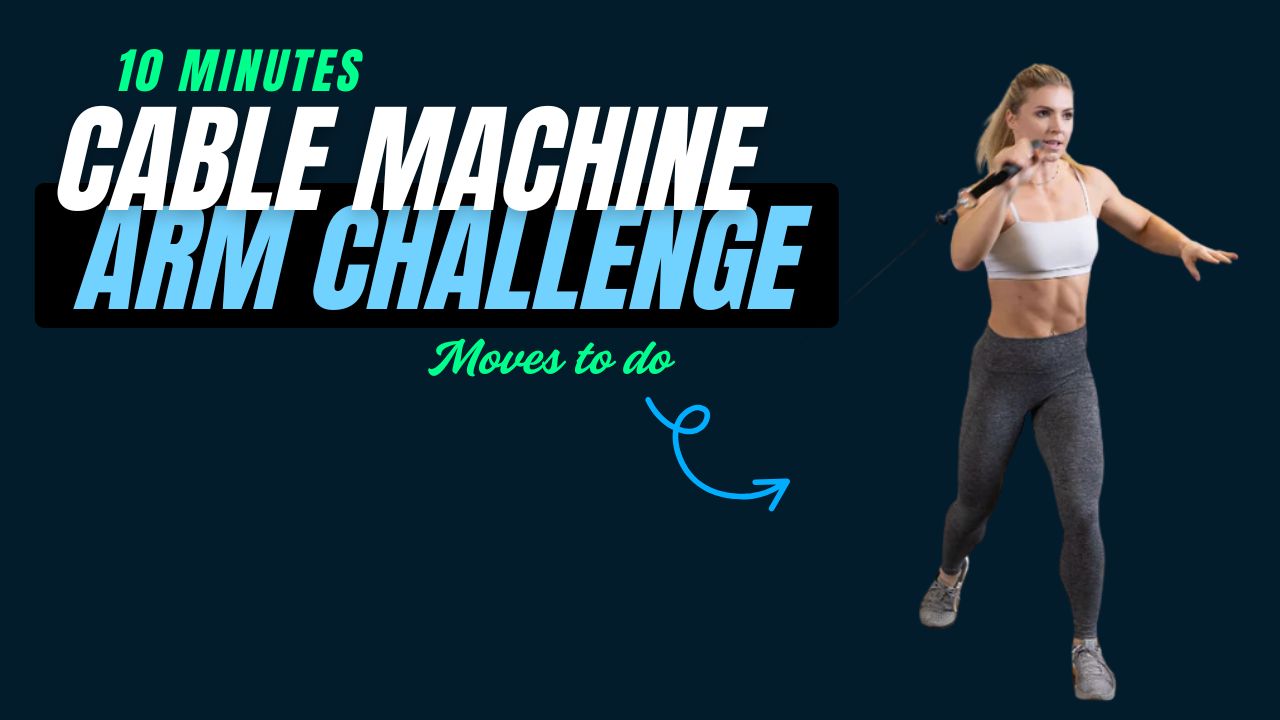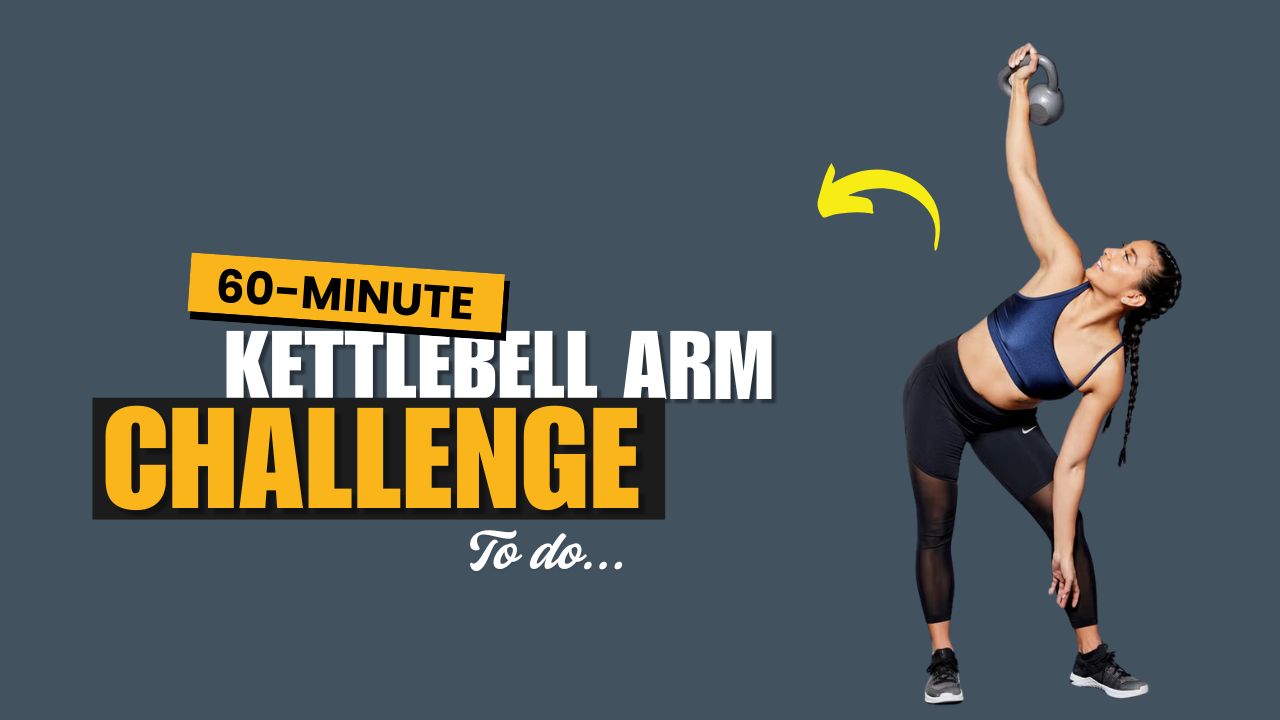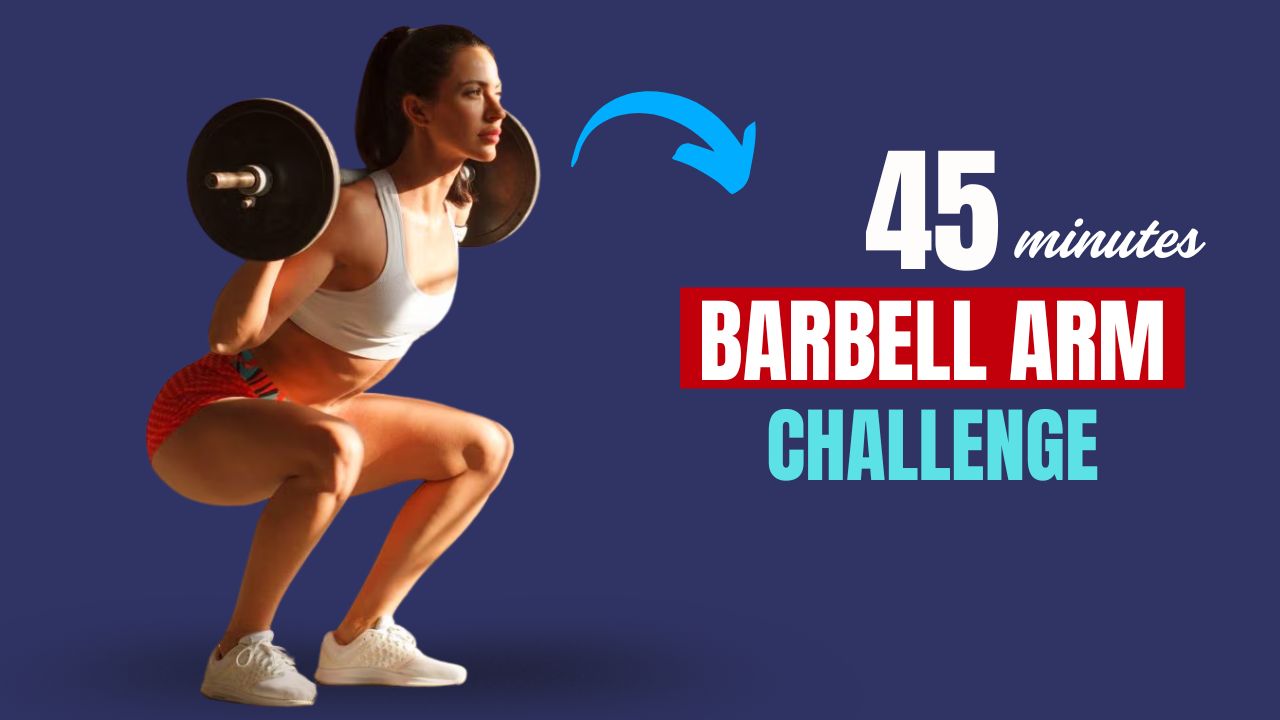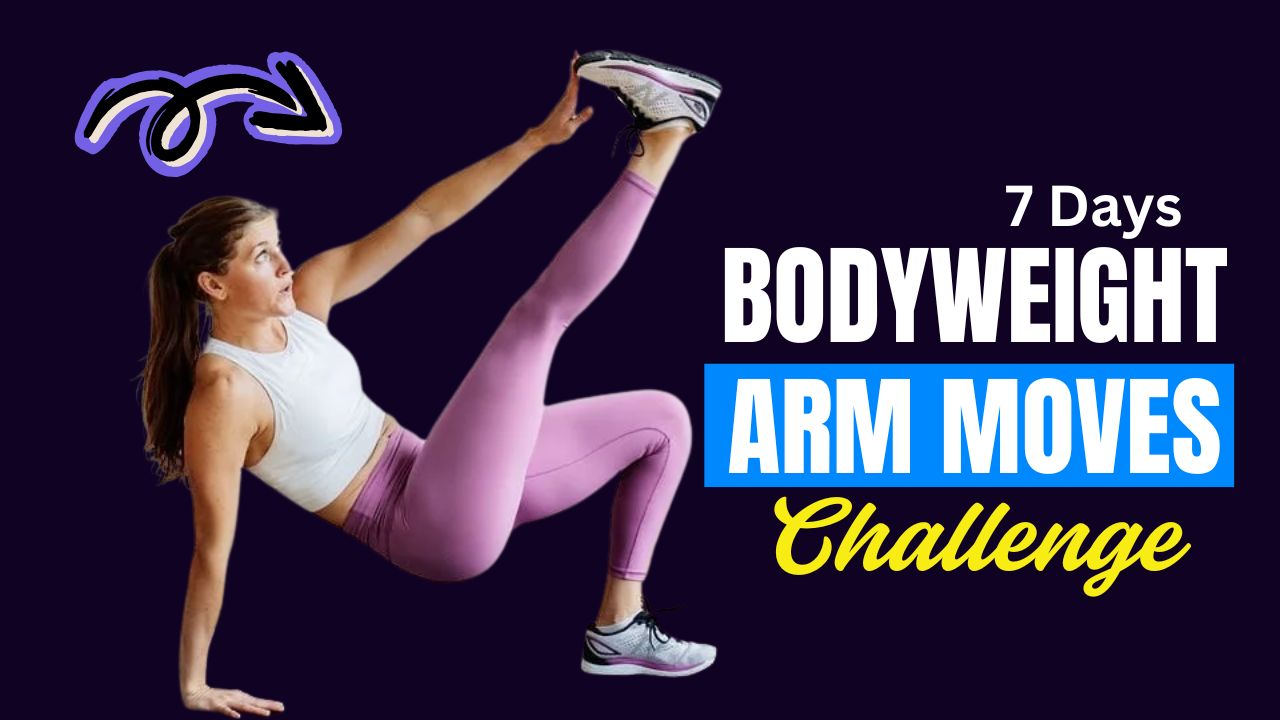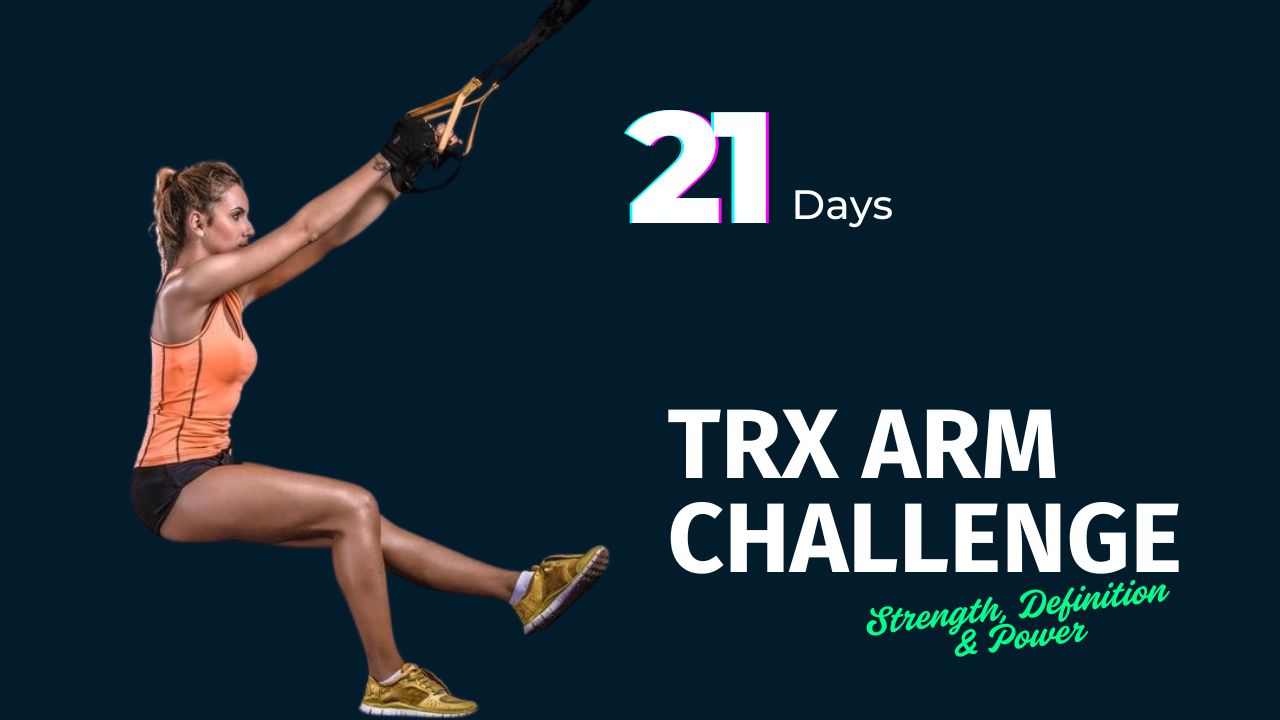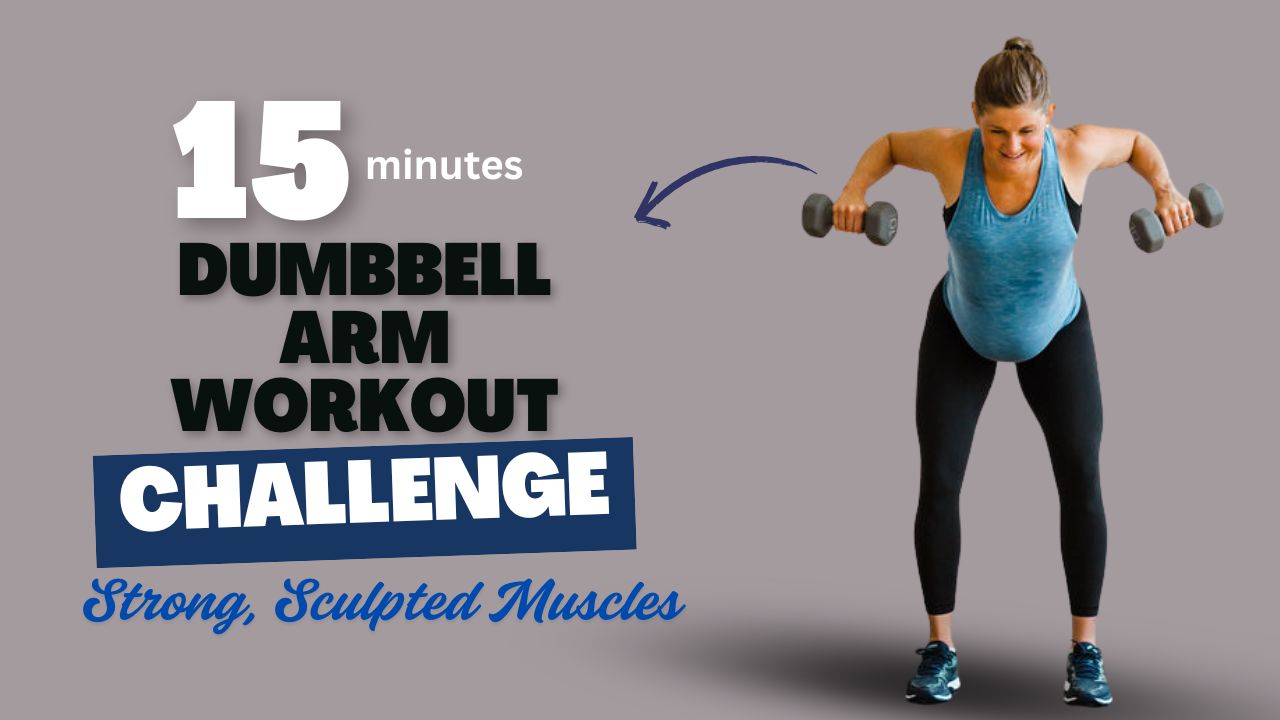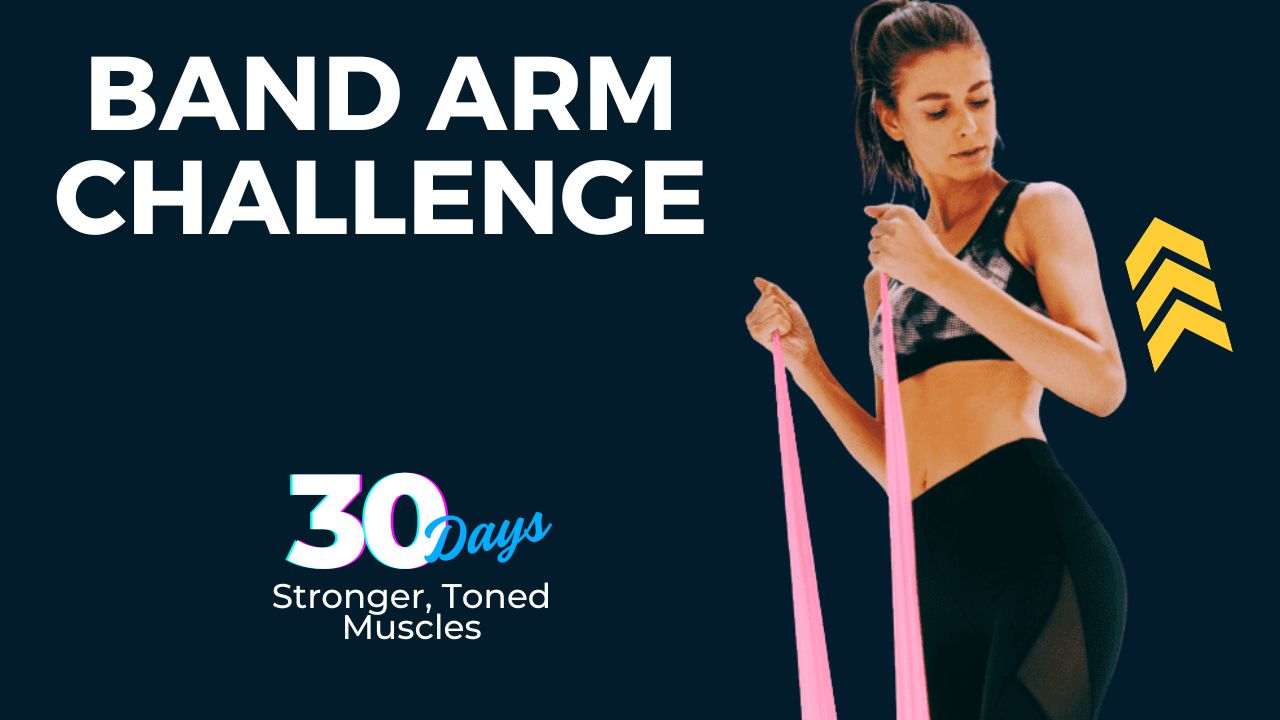Your lower back is the unsung hero of nearly every move you make—yet it’s one of the most neglected areas in most workout routines.
Think about it: when was the last time you trained your lower back intentionally, not just as a byproduct of deadlifts or squats?
Here’s the truth—a strong lower back isn’t just about performance; it’s your first line of defense against injuries, bad posture, and chronic pain. And one of the most effective tools to target this area precisely? The Hi-Lo Cable Pulley System.
This underrated machine lets you move through a controlled range of motion with consistent resistance—making it ideal for isolating and strengthening the lower back safely and effectively.

Table of Contents
What Can Happen After 30 Days of Hi-Lo Cable Lower Back Exercises
| Timeframe | Expected Results |
|---|---|
| Week 1 | Improved mind-muscle connection in your lower back and glutes. Better posture awareness. |
| Week 2 | Increased core engagement and reduced stiffness in the lumbar region. Movements feel smoother. |
| Week 3 | Noticeable strength in hip hinge movements (like bending/lifting). Reduced fatigue during long sitting. |
| Week 4 | Enhanced spinal stability, better posture alignment, and a stronger, more supported lower back. Improved form in compound lifts like squats and deadlifts. |
Do’s & Don’ts of Hi-Lo Cable Lower Back Exercises
| Do’s | Don’ts |
|---|---|
| Start with light weight to master form | Don’t arch or round your lower back excessively |
| Keep your core engaged throughout the movement | Don’t rush through reps—control is key |
| Use a full range of motion with each rep | Don’t use momentum or jerk the cable |
| Adjust cable height based on the exercise type | Don’t lock your knees or hyperextend |
| Maintain a neutral spine and steady posture | Don’t lean too far forward or backward |
| Breathe rhythmically—exhale on effort | Don’t hold your breath while lifting |
| Focus on hip hinge instead of bending the spine | Don’t rely on arms to pull during hip-focused moves |
| Rest 24–48 hours before training the same muscle group again | Don’t train lower back every day without recovery |
Did You Know?
Studies show that lower back pain affects over 80% of adults at some point, and in most cases, weakness and instability are the root causes—not just aging or sitting too long.
Why Use Hi-Lo Cable for Lower Back Training?
Before we jump into the exercises, here’s why the Hi-Lo cable machine is a game-changer for your spinal health:
- Adjustable Angles: Targets the lumbar region from different vectors.
- Smooth Resistance: Prevents jerky, high-impact movements.
- Core Activation: Engages stabilizing muscles in every move.
- Safer Than Free Weights: Especially for people with back sensitivity or previous injuries.
Let’s Get Into It: 5 Hi-Lo Cable Lower Back Exercises (With How-To)
Each of these is carefully selected to target your erector spinae, multifidus, and core stabilizers—key players in your lower back health.
1. Cable Pull-Throughs
Targets: Lower back, glutes, hamstrings
Setup: Use the low pulley with a rope attachment.
How To:
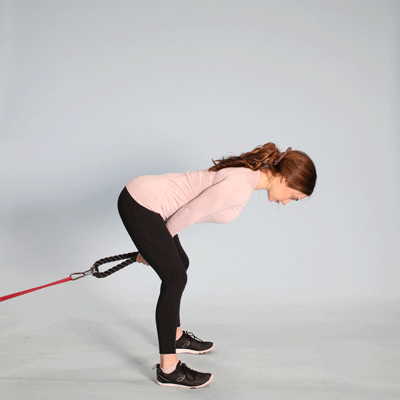
- Stand facing away from the cable stack, feet shoulder-width apart.
- Grab the rope between your legs, keeping your spine neutral.
- Hinge at the hips, letting the cable pull your hands back slightly.
- Drive through your heels to return to standing, squeezing your glutes and keeping your back flat.
Benefits:
- Builds hip and lumbar extension strength
- Excellent for correcting anterior pelvic tilt
- Low-impact but high-reward
Pro Tip: Avoid using your arms to pull. The movement should initiate from your hips.
2. Cable Deadlifts
Targets: Erector spinae, glutes, traps
Setup: Attach a bar handle to a low pulley.
How To:
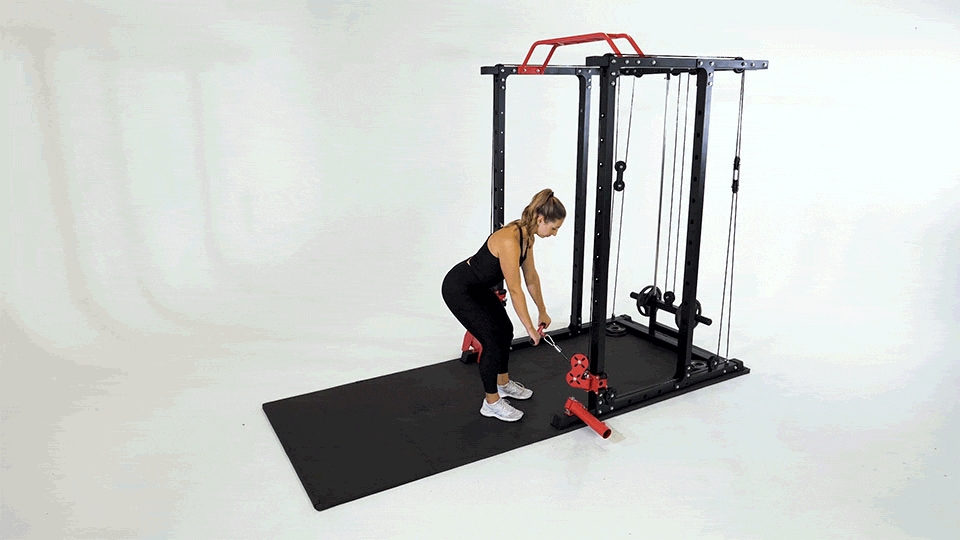
- Stand over the bar, feet shoulder-width apart.
- Bend at the hips and knees to grab the handle.
- With a straight back, stand up by pushing through the heels.
- Lower with control back to start.
Benefits:
- Great for beginners who struggle with barbell form
- Less compressive load on the spine
- Helps build spinal stiffness and resilience
Myth Buster: “Deadlifts are bad for your back.”
Reality: Poorly executed deadlifts are bad. Cable deadlifts provide more control, making them a safer entry point for many.
3. Cable Back Extensions (with Stability Ball)
Targets: Lumbar spine, glutes
Setup: Use the low pulley, attach a rope, and place a stability ball in front of the cable.
How To:
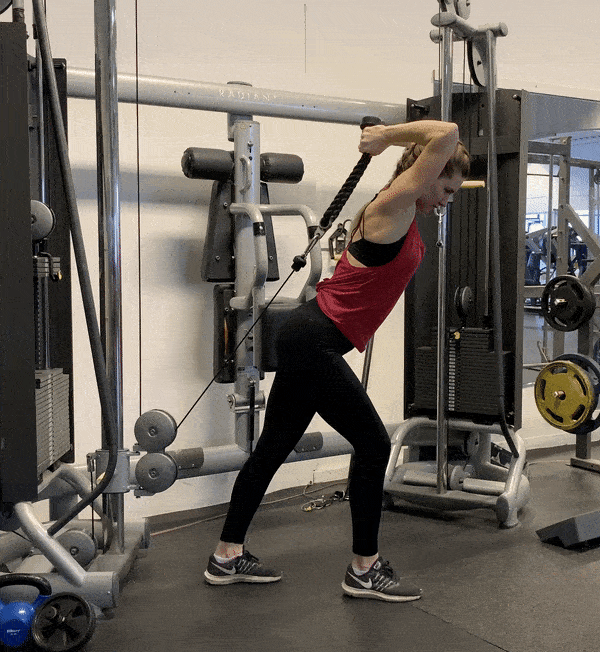
- Anchor your feet and lean your hips into the ball.
- Hold the rope over your shoulders.
- Lower your torso slowly toward the ground.
- Extend your spine to raise your torso back up in a controlled motion.
Benefits:
- Increases spinal endurance
- Reduces risk of lower back strain in daily activities
- Adds balance training via the ball
Did You Know?
Back endurance (not strength) is often a bigger predictor of injury prevention, according to spine researcher Dr. Stuart McGill.
4. Kneeling Cable Superman Pull
Targets: Lower back, lats, posterior chain
Setup: Attach a rope or D-handle to a high pulley.
How To:
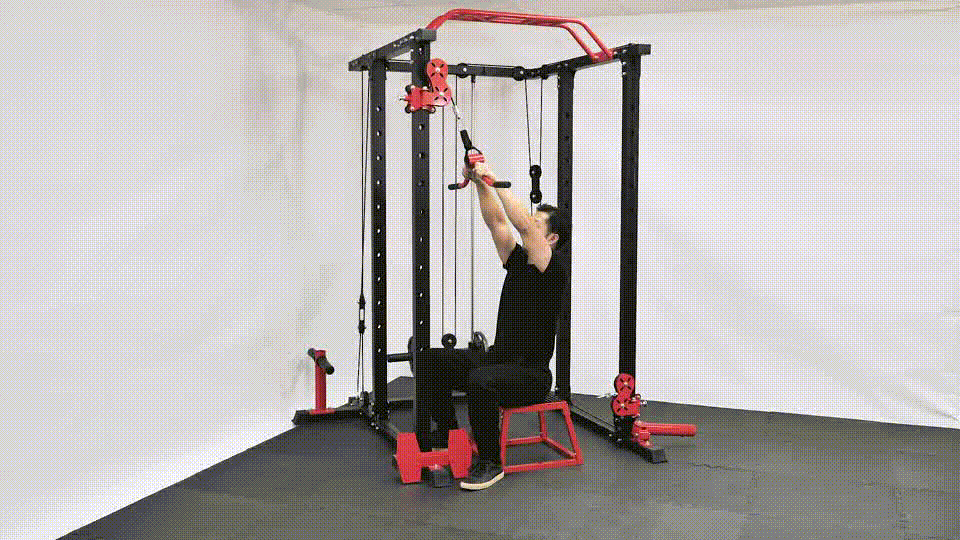
- Kneel in front of the machine with the cable above you.
- Reach forward and grab the handle with both hands.
- Pull down and back in a sweeping motion—like a Superman flying.
- Squeeze the back and slowly return to the start.
Benefits:
- Strengthens deep spinal muscles
- Great for posture correction
- Combines movement across upper and lower back
Pro Tip: Use lighter weight for higher reps to focus on endurance and mind-muscle connection.
5. Standing Cable Good Mornings
Targets: Lower back, glutes, hamstrings
Setup: Use a rope or bar attached to a low cable.
How To:
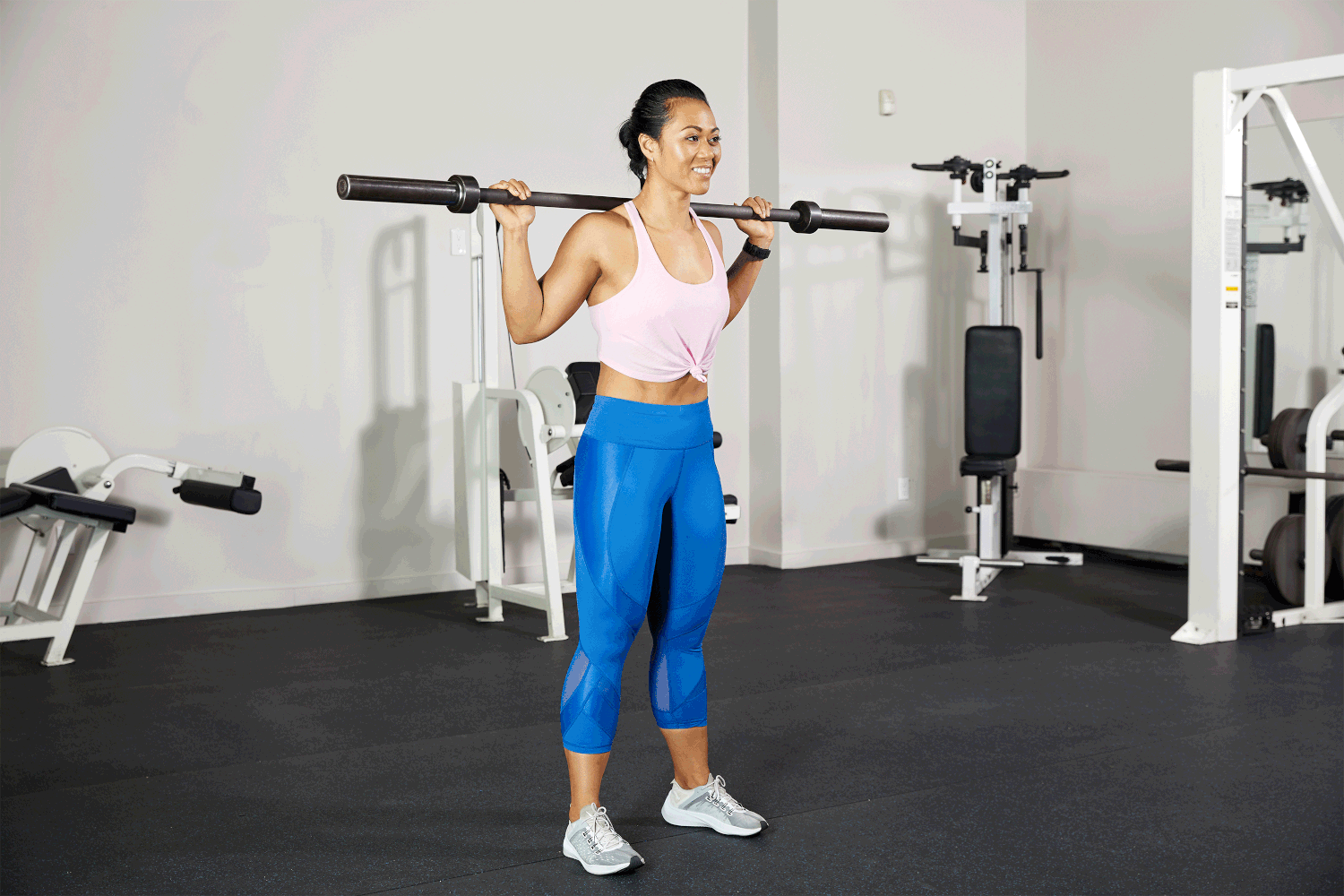
- Step back with the cable behind your neck/upper traps.
- Keep knees soft and spine neutral.
- Hinge at your hips slowly, pushing them backward.
- Return to the upright position by activating the glutes and lower back.
Benefits:
- Teaches proper hip hinge mechanics
- Builds functional lumbar strength
- Great for spinal posture and lifting prep
Safety Tip: Don’t round your back—keep your chest open and core braced throughout.
Benefits of Hi-Lo Cable Lower Back Training
Here’s why these exercises deserve a place in your regular routine:
- Boosts Core Stability: Supports balance, movement control, and spinal health.
- Improves Posture: Reduces slouching and helps neutralize forward head/rounded shoulder posture.
- Injury Prevention: Strengthening weak lumbar muscles helps avoid common strains and sprains.
- Enhances Sports Performance: Crucial for athletes who rely on rotational or explosive power.
- Pain Relief: Targeted cable work often helps reduce chronic back tension.
Quick Myth Breaker
“I don’t need to train my lower back; I do squats.”
Not true. Squats involve the lower back, but they don’t directly isolate or strengthen it under controlled resistance like Hi-Lo cables do.
Final Thoughts
Neglecting your lower back is like building a house on sand—it might look good on the surface, but one wrong move and everything can collapse.
Hi-Lo cable exercises offer a safe, scalable, and effective way to fortify your spine and unlock total-body strength.
Add 2–3 of these into your routine 2–3 times a week, and you’ll feel the difference—in your posture, in your core control, and in your overall movement confidence.
Frequently Asked Questions (FAQs)
Can beginners do Hi-Lo cable lower back exercises?
Absolutely! These exercises are highly adjustable. Beginners can start with lighter weights and slower movements to focus on form and gradually increase intensity over time.
How often should I train my lower back with cables?
For general strength and posture, 2 to 3 times a week is ideal. Make sure to allow at least one rest day between sessions for recovery.
Are cable lower back exercises safe for people with back pain?
Yes, but with a caution: if you have existing back issues, consult a doctor or physiotherapist first. Cable machines provide controlled resistance, which is typically safer than free weights, but proper form is critical.
What’s the best weight to start with on the Hi-Lo cable machine?
Start light (5–15 lbs or 2.5–7 kg) to master the movement mechanics. Focus on controlled reps over heavy loads, especially for spinal exercises.
Do I need any other equipment for these exercises?
Most of these only need the Hi-Lo cable pulley and attachments like a rope, D-handle, bar, or a stability ball. All are usually available at standard gyms.
Can I do these exercises at home?
Only if you have a Hi-Lo cable pulley setup or a functional trainer machine at home. Otherwise, similar bodyweight or resistance band variations can be used as alternatives.
Will these exercises help fix poor posture?
Yes. Strengthening your erector spinae and stabilizing muscles through cable training can significantly improve posture and help correct slouching.
Can I combine these with other core or glute exercises?
Absolutely. These work well with glute bridges, planks, or anti-rotation core drills. Together, they create a complete posterior chain routine.
Is it better to do high reps or low reps for lower back training?
Both have their place. For endurance and posture support, aim for higher reps (12–20) with lighter weight. For strength, moderate reps (6–12) with slightly more resistance work best.
How long does it take to see results in lower back strength?
With consistent training (2–3x/week), most people feel stronger and more stable within 3–4 weeks, and visible improvements in posture and movement control around 6–8 weeks.

